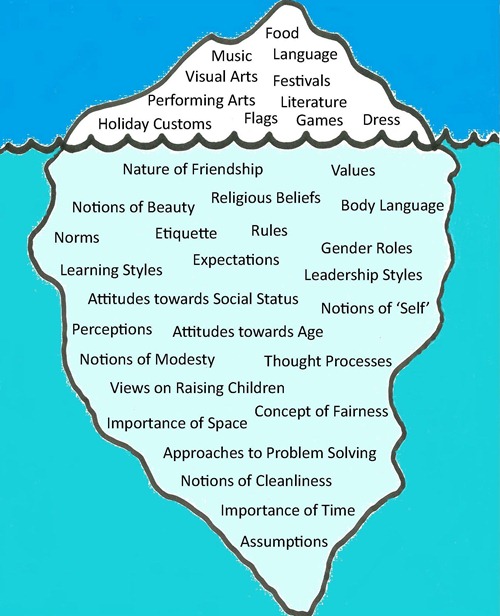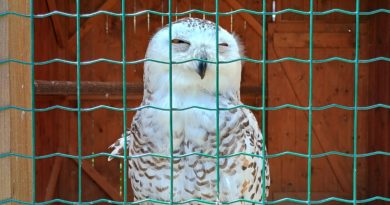What is culture?
In their current I&S unit, MYP 3 students are learning about culture. Specifically, students are (1) finding out about culture and the different ways it can be expressed, (2) exploring different examples cultural identity, and (3) creating a project about a specific culture, including interviewing someone from that culture to gain firsthand information about it.
Throughout the unit, students will be exploring the following questions:
- What is culture?
- How can culture be expressed?
- What are visible and invisible aspects of culture?
- What is multiculturalism?
- How do different organizations (e.g., schools and workplaces) create their own culture?
- How does culture depend on time and place?
- How can conflict threaten culture?
- Is it possible to define culture?
- Do animals have culture?
The Cultural Iceberg
When investigating cultures, students are asked to consider the “cultural iceberg” analogy. This analogy compares culture to an iceberg in that both have a smaller visible section and a much larger invisible section.
“The concept of the cultural iceberg was coined in 1976 by Edward T. Hall, who suggested that culture is analogous to an iceberg in that only about 10% of the iceberg is visible at any given time and that a large part of it is hidden beneath the surface. Culture has components that are external facing or above the surface and visible, and the majority of culture, about 90%, is hidden below the surface.” (Source)

For their summative assessment, students will choose a culture and investigate it, in terms of both its visible and invisible aspects. A part of the project will include students interviewing someone from the culture that they are investigating to gain deeper insight into the invisible aspects of the culture.
You can read more about the summative assessment project here.
Towards the end of next month I will post a follow-up blog with some of students’ final projects for you to see, and to learn more about different cultures 🙂




